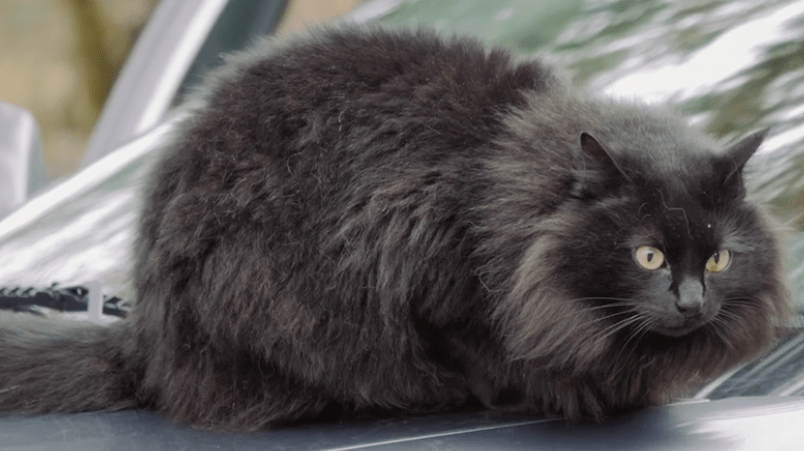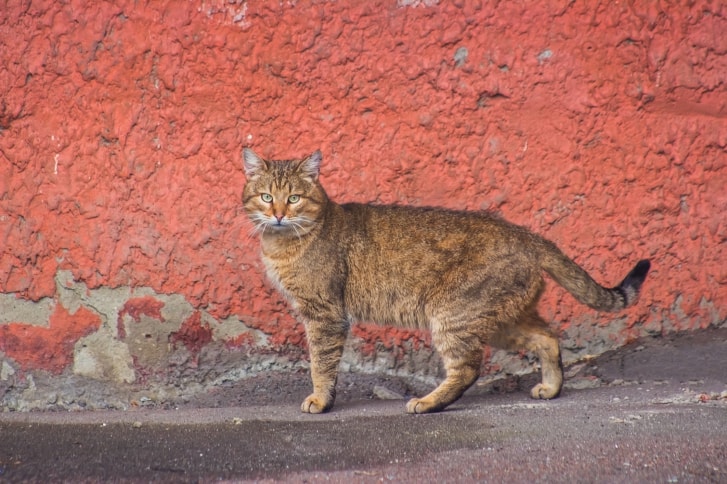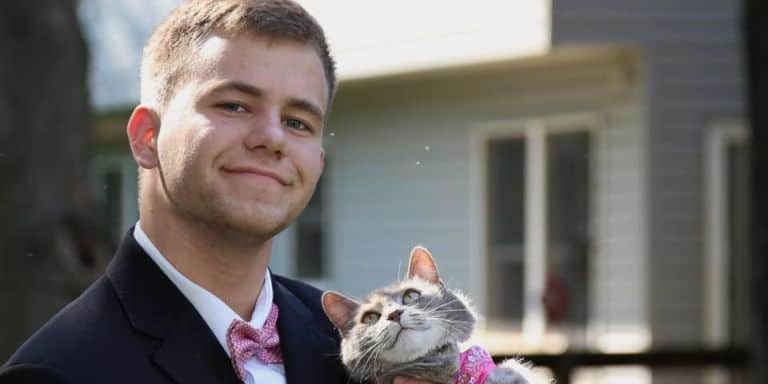Feral cats are a beloved yet often misunderstood part of our communities. They roam freely, surviving mostly on their own, but they face several challenges, including flea infestations. For those who care for them, treating fleas on feral cats is no small feat. The good news? With a bit of knowledge and the right approach, you can make a significant difference in their lives.

This article will guide you through practical and effective strategies to treat and prevent fleas on feral cats.
Understanding the Feral Cat Flea Problem
Fleas aren’t just a nuisance; they pose serious health risks to feral cats. These tiny parasites can cause anemia due to blood loss, especially in kittens. Flea bites can lead to severe itching, dermatitis, and secondary infections from constant scratching. Additionally, fleas can transmit tapeworms and other diseases, further compromising the cats’ health.
Beyond affecting feral cats, flea infestations can impact the surrounding environment and human health. Fleas can invade homes and yards, biting humans and pets, leading to discomfort and potential allergic reactions. In areas with significant feral cat populations, flea control becomes critical to maintaining community health and well-being.
Flea Treatment Options: When You Can’t Touch the Cat

Feral cats are can be skittish and swift, darting away at the slightest hint of human interaction. Attempting to approach one with a flea comb seems like a lost cause. So, how do we help our furry friends when they won’t even let us get within arm’s reach? With creativity and patience, you can still wage war on those pesky fleas without playing a game of chase.
Environmental Control
When you can’t touch the cat, first focus on environmental control. Regularly clean and treat areas where cats congregate, such as feeding stations and shelters. Removing organic debris and keeping these areas dry can help reduce flea populations. Flea sprays can be applied to these environments to disrupt the flea life cycle.
Diatomaceous Earth
For a natural deterrent, consider using diatomaceous earth. This fine powder is safe for mammals but deadly to insects. Sprinkle it around areas where the cats spend time. When fleas come into contact with the powder, it damages their exoskeletons, leading to dehydration and death. Ensure you use food-grade diatomaceous earth and apply it carefully to avoid respiratory irritation.
Medication Options
Oral flea treatments are a practical option when you can’t handle the cat directly. Medications like Capstar and Credelio can be hidden in food. Capstar works quickly, killing adult fleas within hours, while Credelio offers longer-lasting protection. Always consult a veterinarian to determine the appropriate dosage and ensure the safety of these medications for feral cats.
Treatment Options: When You Can Touch the Cat

Flea Combs for Manual Removal
If you can handle the feral cat, flea combs are an effective tool for manual removal. These fine-toothed combs can capture and remove adult fleas on the feral cat’s fur. Regular combing sessions can significantly reduce the flea population, providing relief to the cat. Dispose of the collected fleas in soapy water to ensure they do not return.
Topical Flea Treatments
Topical flea treatments, such as Advantage II or Frontline Plus, can be applied to the cat’s skin to kill fleas and prevent future infestations. When using these treatments, consider the feral cat’s behavior and environment. Some products may require reapplication every few weeks. Consult a veterinarian to select a product that is safe and effective for feral cats.
Working with a Veterinarian
Collaborating with a veterinarian is crucial for the health and safety of feral cats. A vet can recommend the best flea treatments and provide guidance on administering them. They can also offer advice on managing other health issues that may arise in feral cat colonies. Building a relationship with a local vet can be invaluable in your efforts to care for these cats.
TNR and Flea Prevention

Trap-Neuter-Return (TNR) programs play a vital role in managing feral cat populations and controlling flea infestations. By trapping, neutering, and returning cats to their colonies, TNR helps reduce the number of new kittens and the overall cat population. This, in turn, can lead to fewer flea infestations. During the TNR process, cats can be treated for fleas, providing immediate relief.
While cats are under TNR care, it’s an opportune time to administer flea treatments. Applying a long-lasting flea preventative can protect the cat for several weeks or months. This proactive approach helps control fleas in feral cat colonies and improves the cats’ health and comfort.
Long-Term Flea Prevention for Feral Cat Colonies
Long-term flea prevention strategies for feral cat colonies revolve around consistent management and environmental control. This includes:
- Establishing regular feeding stations helps monitor and care for the cats, facilitating easier treatment applications when necessary.
- Maintaining clean communal areas free from debris where fleas thrive.
- Incorporating flea prevention methods, such as regular topical treatments during TNR efforts, reinforcing the health of the colony.
- Educating community members on the importance of maintaining low cat populations through TNR and responsible pet ownership, significantly reducing the chances of flea infestations.
By fostering a supportive environment, the overall well-being of feral cats can be improved while simultaneously controlling flea populations.
Final Thoughts
Fleas pose a significant threat to the health and comfort of feral cats. However, with proper prevention and treatment methods, we can help alleviate their impact on these vulnerable animals. Whether through environmental control, natural deterrents, or medication options, there are effective ways to treat fleas on feral cats.
So next time you encounter a feral feline covered in fleas, remember that there are still ways to wage war against those pesky parasites without having to touch the cat at all.
The Catington Post is reader-supported. That means, if you make a purchase through links on our site, we may earn an affiliate commission. All images and names which are not the property of The Catington Post are the property of their respective owners.



